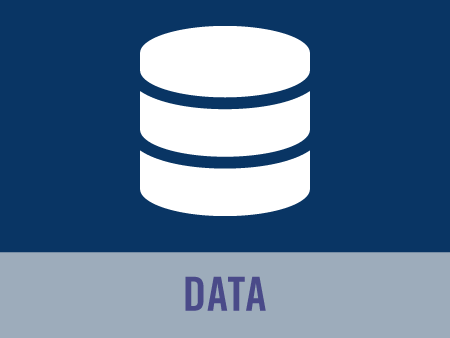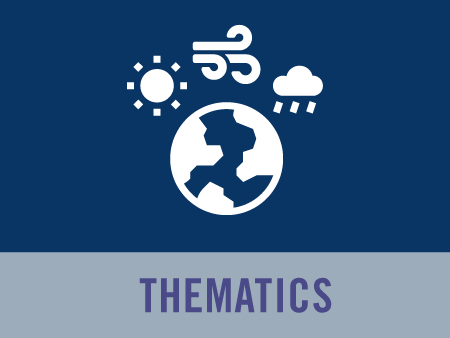European Remote Sensing satellite system
The ERS Program (European Remote Sensing satellite system) of the European Space Agency (ESA) has been one of the most essential part of an important european earth observation program concerning meteorology, climatology, oceanography, land resource management... CERSAT was created as the ERS ground segment element for the production, archiving and distribution center for ocean low bit rate products, until the end of the mission in 2011 and beyond.
As part of the ERS ground segment, the F-PAF (French Processing and Archiving Facility), aka CERSAT (Centre ERS d'Archivage et de Traitement), was dedicated to the ocean component of the mission, including the following instruments :
- radar altimeter (RA)
- microwave sounder (ATSR/MW)
- scatterometer (AMI-Wind)
- SAR Wave Mode (AMI-Wave)
CERSAT provided the R&D effort for the development of the inversion algorithms for each of these instruments to produce geophysical level information. As a data center, it was responsible for the archiving, the processing and dissemination to the user community of these products, including :
- raw data (Level 0) : unprocessed data directly received from the satellite at the ground station and archived at CERSAT. These data are usually not distributed. They are used for processing to a more geophysical level (level 1 or 2), in delayed mode or for complete reprocessings.
- FDP (Fast Delivery Products) : near real time products from altimeter, scatterometer and SAR directly processsed at the ground stations and archived and distributed at CERSAT
- Level 1 and Level 2 products for altimeter, micro-wave sounder and SAR Wave Mode
ERS-2 mission ended on 6th July 2011 but activities around ERS mission legacy still continue through different activities such as:
- consolidation and preservation of the long-term the raw data archives for the forementioned instruments
- periodic reprocessing campaigns and revisiting of the data archives for specific instruments (SAR Wave Mode, altimeter,...) to deliver new or improved science data.










